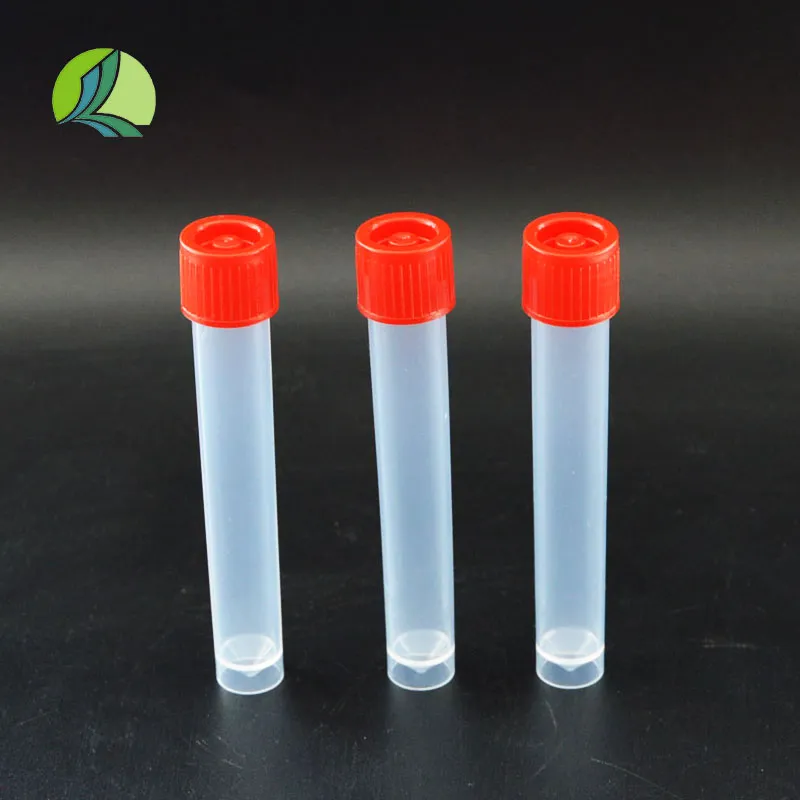Measurements for Liquid Medicine Bottles and Their Capacity Specifications
Understanding Liquid Medicine Bottle Measurements
In the world of pharmaceuticals and healthcare, the accurate measurement of liquid medicines is crucial. From ensuring proper dosage to maintaining effectiveness, understanding liquid medicine bottle measurements is a topic of great importance for healthcare professionals, caregivers, and patients alike.
Importance of Accurate Measurements
Liquid medications come in various forms, including syrups, suspensions, and solutions. Each type often requires a specific measurement to ensure that patients receive the correct dosage. An inaccurate dosage can lead to ineffective treatment or, worse, harmful side effects. For instance, a child who receives too much of a cough syrup may experience drowsiness or respiratory issues, while too little may not relieve symptoms adequately.
Furthermore, many medications come with specific instructions for use, indicating the desired measurement in milliliters (mL) or teaspoons. Therefore, having a clear understanding of these measurements can make a significant difference in patient outcomes.
Common Measurements in Liquid Medicine Bottles
Liquid medicine bottles typically indicate volume in metric units. Most healthcare providers prefer milliliters (mL) due to its precision, but some products may also list measurements in fluid ounces or teaspoons. The conversion between these measurements is essential for accurate dosing, as patients may encounter different measurement systems in practice.
1. Milliliters (mL) The most common measurement unit for liquid medications. One milliliter is equivalent to one cubic centimeter (cc), and there are 1,000 mL in a liter. For instance, a prescription might specify a dosage of 5 mL of a liquid antibiotic for a child.
2. Teaspoons Some liquid medications suggest dosages in teaspoons. One teaspoon is approximately equal to 5 mL. Thus, a dosage of 1 teaspoon translates closely to a dosage of 5 mL. This is a helpful comparison for those more accustomed to using kitchen measuring spoons.
3. Fluid Ounces Less common in prescription medication but still relevant, particularly in over-the-counter products or home remedies. One fluid ounce is approximately 30 mL. Thus, a 4-ounce bottle contains roughly 120 mL of liquid.
liquid medicine bottle measurements

Measuring Tools
Understanding these measurements also involves the use of appropriate measuring tools. Many liquid medicine bottles come with a measured dropper, oral syringe, or dosing spoon. These tools are essential for accurate measurement
- Oral Syringe Often provided with liquid medications, oral syringes come with clear markings that guide users in measuring the correct dosage. They are especially useful for infants and young children who may struggle with swallowing pills or measuring spoons.
- Measuring Spoon A standard kitchen measuring spoon can also be employed, but it is vital to ensure that one is using the right type of spoon. Tablespoons and teaspoons are easily confused, which can lead to dosing errors.
- Dropper Frequently used for concentrated liquid medications, droppers usually measure in mL or drops. Understanding drop conversion is vital, as not all droppers dispense the same volume.
Challenges in Measurement
One of the main challenges in liquid medicine bottle measurements is the potential for confusion regarding conversion between measurement systems. Customary systems, such as those using teaspoons or ounces, may differ from the metric system, leading to dosing errors. Therefore, caregivers should always verify medication instructions and, when in doubt, consult a healthcare professional.
Conclusion
In conclusion, comprehending liquid medicine bottle measurements is fundamental to safe and effective medication administration. This knowledge helps prevent dosing errors, ensuring that patients receive the precise amount needed for optimal treatment. By familiarizing ourselves with measurements, using appropriate measuring tools, and being aware of potential challenges, we can contribute significantly to health and well-being. Both healthcare providers and patients must remain vigilant and informed about liquid medication measurements to enhance safety in treatment practices. Always remember when in doubt about how much to give, consult your healthcare professional, as they are the best source for accurate medical advice.
-
Aesthetic Makeup Spray Bottles | Fine Mist Empty RefillableNewsAug.19,2025
-
White Plastic Veterinary Vaccine Vials | Lab Liquid BottlesNewsAug.18,2025
-
Plastic Medicine Liquid Bottle: Secure Flip Top Drug VialsNewsAug.17,2025
-
Durable 250ml Blue Plastic Vaccine Vial for Lab & Vet UseNewsAug.16,2025
-
Sterile Virus Sample Tubes: Secure & Reliable Specimen CollectionNewsAug.15,2025
-
White 250ml Plastic Vaccine Vial for Lab & Vet MedicineNewsAug.14,2025
























